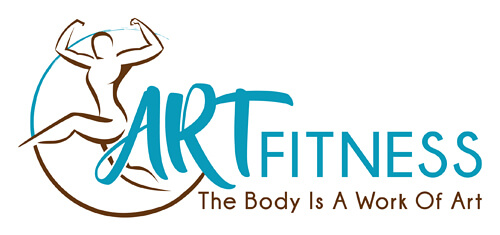Building muscle is an art and a science. Whether you’re a seasoned gym-goer or a newcomer to the world of fitness, understanding the science behind muscle growth can significantly impact your progress. While hitting the gym and lifting weights is essential, optimizing your approach with science-backed strategies can maximize your gains and accelerate your journey toward your fitness goals. In this blog post, we’ll delve into the science of building muscle, exploring key tips and strategies to help you sculpt your dream physique.
Understanding Muscle Growth:
Muscle growth, scientifically known as hypertrophy, occurs when your muscles adapt to the stress placed upon them during resistance training. This adaptation process involves a complex interplay of physiological mechanisms. When you lift weights, you create micro-tears in your muscle fibers. In response, your body initiates a repair process, synthesizing new muscle proteins to reinforce and enlarge the muscle fibers, leading to muscle growth over time.
Progressive Overload:
At the heart of muscle growth lies the principle of progressive overload. To stimulate muscle growth, you must continually challenge your muscles by gradually increasing the intensity, volume, or resistance of your workouts over time. This progressive approach forces your muscles to adapt and grow stronger to meet the increased demands placed upon them. Whether you increase the weight lifted, the number of repetitions, or the frequency of your workouts, progressive overload is key to ongoing muscle development.
Nutrition and Muscle Building:
Optimal nutrition plays a pivotal role in supporting muscle growth and recovery. To fuel your muscles and facilitate repair and growth, prioritize a balanced diet rich in high-quality protein, complex carbohydrates, healthy fats, and micronutrients. Protein, in particular, is crucial for muscle repair and synthesis. Aim to consume protein-rich foods such as lean meats, poultry, fish, eggs, dairy products, legumes, and tofu at every meal. Additionally, staying hydrated is essential for maintaining optimal muscle function and performance.
Rest and Recovery:
While training stimulates muscle growth, it’s during periods of rest and recovery that your muscles repair and grow stronger. Adequate sleep is paramount for muscle recovery, as it allows your body to release growth hormone and engage in protein synthesis. Aim for 7-9 hours of quality sleep per night to support your muscle-building efforts. Additionally, incorporate rest days into your workout routine to prevent overtraining and allow your muscles to recover fully.
Variation and Periodization:
To prevent plateaus and keep your muscles guessing, incorporate variation and periodization into your training program. Periodization involves dividing your training into distinct phases, each focusing on different goals and training parameters. By alternating between phases of high intensity and volume, strength-focused workouts, and deload periods, you can optimize muscle growth, strength gains, and overall performance while minimizing the risk of overuse injuries.
Quality Over Quantity:
While consistency is key to achieving your muscle-building goals, the quality of your workouts matters just as much as the quantity. Focus on proper form and technique during exercises to target the intended muscle groups effectively and minimize the risk of injury. Prioritize compound exercises that engage multiple muscle groups simultaneously, such as squats, deadlifts, bench presses, and pull-ups, to maximize muscle recruitment and stimulate overall muscle growth.
Building muscle is a multifaceted process that requires a combination of science, dedication, and smart training strategies. By understanding the underlying mechanisms of muscle growth and implementing science-backed tips and strategies, you can optimize your workouts, accelerate your progress, and achieve the muscular physique you desire. Remember to prioritize progressive overload, nutrition, rest, variation, and proper technique in your training regimen, and watch as your muscles transform before your eyes. With the right approach, you can unlock your full potential and sculpt a stronger, fitter, and more resilient body.

